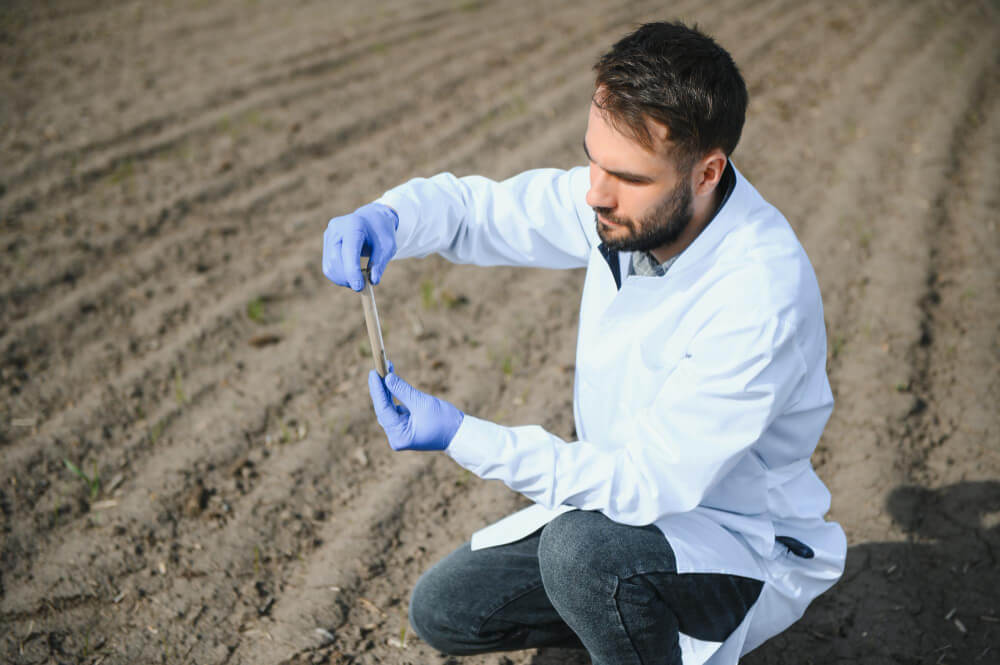Gene editing is promising to create a sustainable agriculture environment. It is a robust technology that holds the potential to revolutionize how we approach soil health and, by extension, global food security and environmental sustainability. The blog aims to provide a compelling insight into how gene editing can be used to enhance soil health.

The Plight of Soil Health
Soil health is a vital component of our ecosystem. It’s not only about the dirt under our feet but also about a complex system that supports plant life, which in turn supports animal life, including humans. However, soil degradation is a global issue. Intensive farming practices, deforestation, and climate change lead to the erosion and depletion of topsoil, the fertile upper layer of soil crucial for plant growth. This degradation threatens food production and contributes to climate change, as unhealthy soil releases carbon into the atmosphere.
Gene Editing: A Ray of Hope
Gene editing, mainly through technologies like CRISPR, offers hope. By tweaking the genetic makeup of plants, scientists can develop crops with desirable traits that contribute to soil health. Modified roots can stay in the ground even after the crop is harvested, gradually decomposing and enriching the soil with organic carbon.
The Role of EXOCYST70A3 Gene
A fundamental discovery in this field is the EXOCYST70A3 gene, which regulates the architecture of the root system in plants. By editing this gene, scientists aim to create plants that have roots growing deeper into the soil, enhancing their ability to store carbon and improve soil structure. This not only aids in carbon sequestration, a crucial factor in combating climate change, but also enhances the soil’s ability to hold or retain water and nutrients, making it more fertile and resilient.
Managing Climate Change, Beyond Carbon Capture
The implications of gene editing in agriculture go beyond carbon capture. By creating crops with enhanced root systems, we can develop plants that are more adaptable to changing climate conditions, more resistant to pests and diseases, and more efficient in nutrient uptake. This means healthier crops, higher yields, and reduced need for pesticides and chemical fertilizers, leading to a more sustainable agricultural practice.
Gene editing in agriculture is not only about improving crop yields; it’s also a potent tool in the fight against climate change. The release of harmful greenhouse gases can be reduced by enhancing the plant’s natural ability to store carbon through tweaking of genes. This dual benefit of securing our food supply and mitigating climate change makes gene editing a critical area of research and development in modern agriculture.
Conclusion
The potential of gene editing in improving soil health and addressing broader environmental and food security challenges is immense. Innovations like gene editing offer a beacon of hope as we stand at the crossroads of a global food crisis and climate emergency. By harnessing the power of genetics, we can protect and restore the soil in different places and regions.
